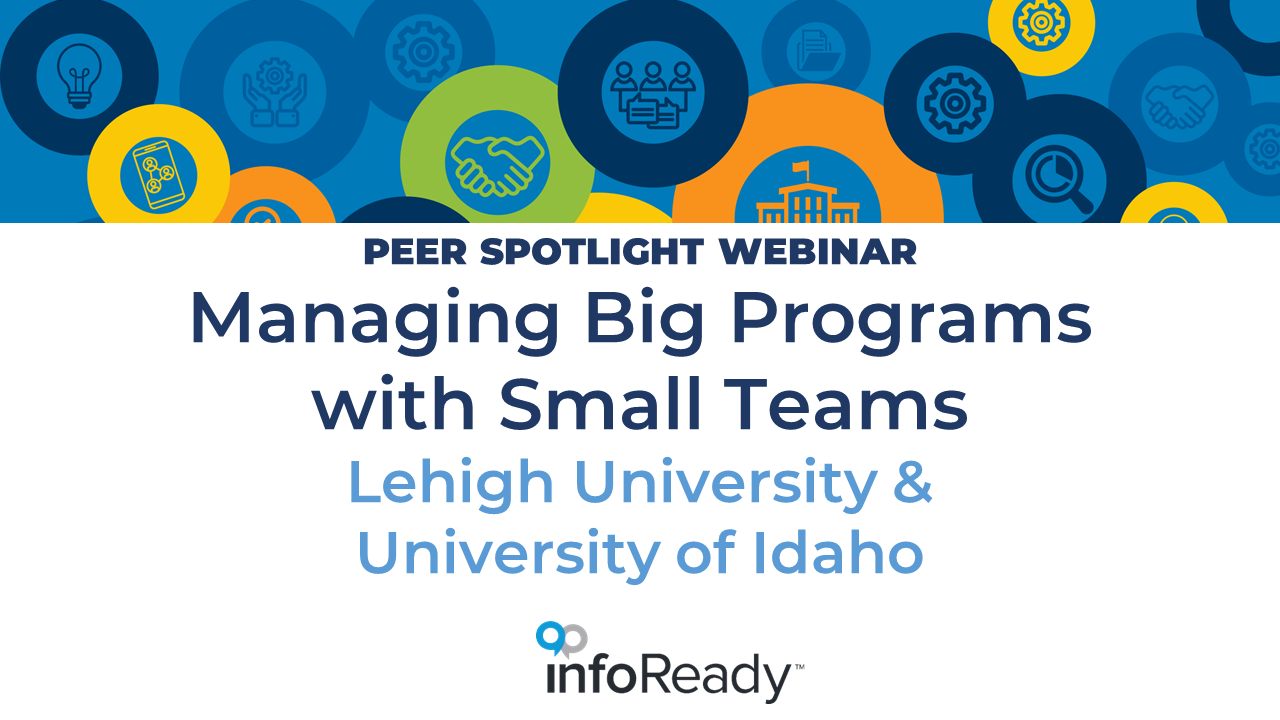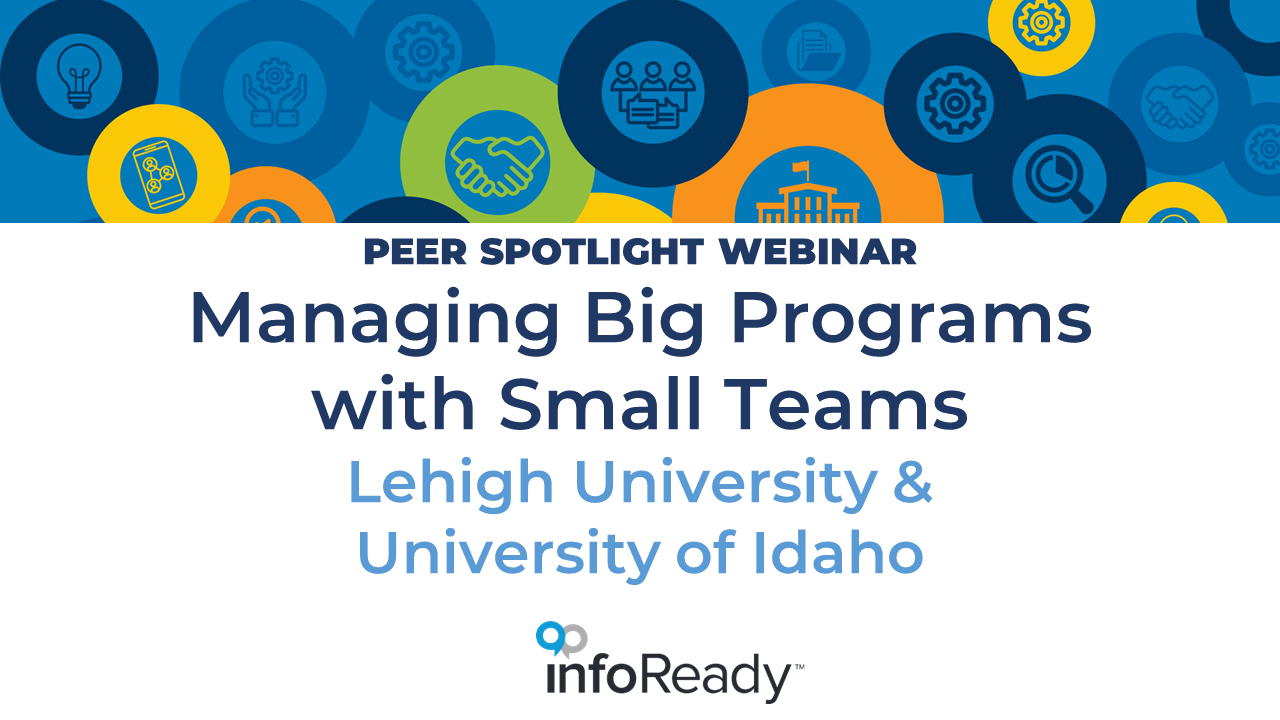As the newest of the University of California campuses, UC Merced has been created from the ground up--literally. Each building on the San Joaquin Valley campus has been carefully constructed over time as the campus continues to grow. The University of California, Merced welcomed its first class of undergraduates in 2005, and has been rapidly expanding in terms of enrollment, physical footprint, and accomplishments ever since.
Researchers were among the first pioneers, setting up laboratories and programs in an ancillary research facility on a former Air Force base until their official locations were ready. Now, almost 15 years later, the Office of Research and Economic Development houses five administrative departments that support six core facilities and three institutes and centers. The Office of Research Development at UC Merced began using InfoReady in 2015 to facilitate their Limited Submissions process. We sat down with Melinda Laroco Boehm, Ph.D. (Director, Office of Research Development) and Kelly Bolcavage (Research Development Officer) to reflect on their journey with the platform so far.
What was the original plan for using InfoReady?
We saw a need to run our internal Limited Submission (LS) competitions through a systematic process. InfoReady allows us to both post and run internal (LS) competitions in the same place, which also allows for better organization and acts as a historical repository.
What were your goals or expected outcomes?
We expected that by systematizing the internal competitions, it would provide higher efficiency (for both administrators as well as reviewers). We were looking for a one-stop-shop, a system that would allow us to have historical record-keeping, an efficient competition process for reviewers, while limiting administrative burden.
What do you find most beneficial about InfoReady?
- We like that InfoReady keeps a historical record of the University’s limited submission events—who has applied, which opportunities are popular (and less so), who has been awarded, as well as who has served as reviewers with access to those review comments.
- The automatic email alerts that let us know when internal reviews have been received and approved are also helpful as this reduces the need for repeated emails between administrators and reviewers.
- Reviewer comments from internal reviewers can be shared directly through the system to awardees.
- For posting LS opportunities, the integration with PIVOT is of great value.
What kind of advice would you give to your peers?
Get to know the system as well as how others use the system before you implement. Knowing intuitive ways that others have utilized it will allow for a better vision for how it will assist in your daily operations.




